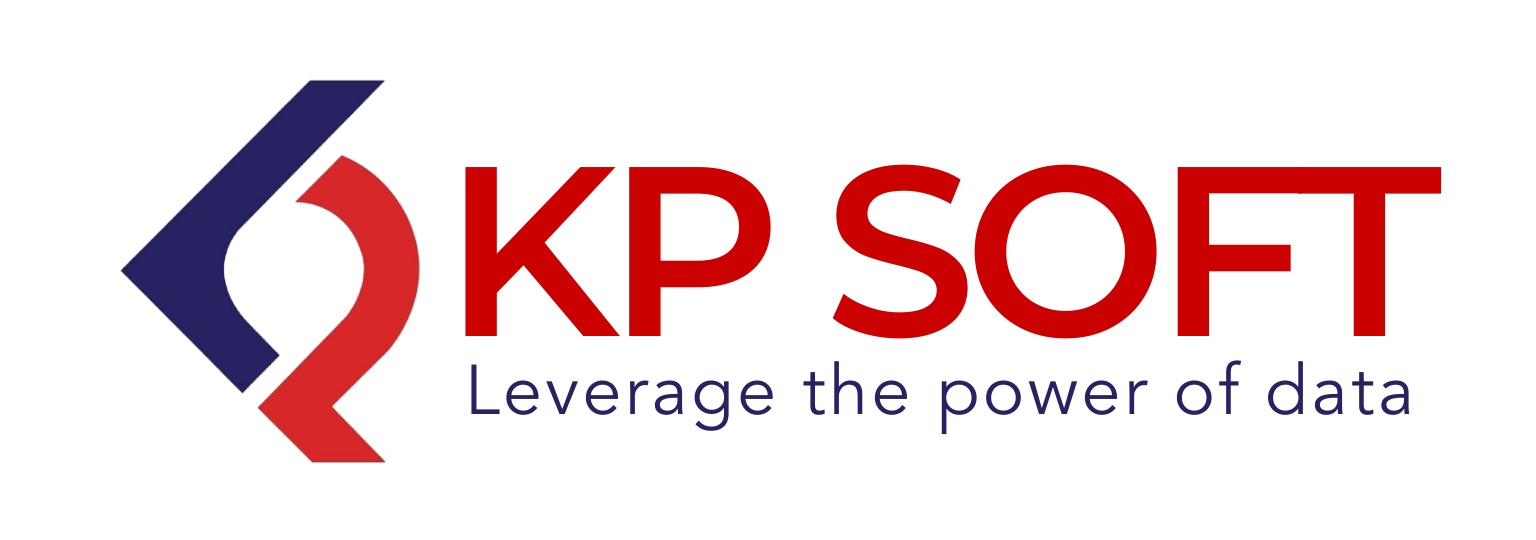
- January 14, 2022
- Deepika Parate
- 0
Introduction
Digital economy is here, On-demand solutioning has become the new norm. As organizations are trying to respond to the demands of new digital reality, CIOs are being asked to cost-effectively shorten time to develop IT solutions. Using such solutions organization will reduce their overall time to market their products to their customer base. Serverless computing model presents CIO/CTOs and the IT departments an avenue to achieve this goad by creating a new way to leverage cloud computing. IT solutions and services deployed on to Serverless computing are very responsive to various business events such as buying, selling, marketing, promoting and other activities. In this document, we will present architectural patterns in serverless computing, how they can benefit organizations and what options are available in the marketplace to help with such an emerging technology.
Serverless Computing Architecture
Infrastructure Pattern
As the name suggests, serverless computing is a platform in which a cloud provider dynamically allocates machine resources to implement a IT solution. This eliminates the need for provisioning, managing, scaling and maintaining infrastructure. All aspects of infrastructure such as the uptime availability, security, fault tolerance and scaling are handled by the cloud provider.
IT Solution and Micro Service Pattern
Your IT solution is typically composed of functionality that your business will define. Serverless computing will provide an opportunity to implement such a business functionality as a micro service. Various apps that you can find and install on your mobile are analogous to micro services. Each micro service does one thing that is most beneficial to your business. Such a group of micro services can be collectively designed and implemented on serverless computing. Onboarding an employee, selling a product to a customer, updating inventory and accounts are all such micro services.
Business Event Management
Once your IT solution is in place, it needs to respond to various events and activities such as posting a job notice to recruit an employee, a customer adding product to a shopping cart and placing an order or a IoT sensor periodically collecting temperature and humidity. Cloud providers will provide a robust event framework using which your IT solution will respond to and execute an appropriate business micro service.
Technology Choices
Before finalizing on how to choose a cloud provider for your serverless computing implementation it is a good idea to see what is available and mature in the industry today. Please note that below choices that are currently available in the marketplace are production ready capable. There may be others that could be considered and we can help with a comparative analysis if needed.
- Amazon Web Services’ (AWS) Lambda – offered by AWS platform for building serverless applications features. Lambda empowers organizations to run code for virtually any type of application or backend service — all with zero administration. After uploading code, Lambda takes care of everything required to run and scale code with high availability and fault tolerance. This is true whether the code automatically triggers from other AWS services or directly from any web or a mobile app.
- Azure Functions – offered by Microsoft Azure for building serverless applications features. Similar to AWS Lambda, Azure Functions empowers organizations to run code for virtually any type of application or backend service — all with zero administration.
- Google Cloud Functions, Oracle Integration Cloud, Sales Force Lightning Platform, Cloud Foundry and others – These platforms offer similar serverless services and event management framework using which you can easily build and deploy your IT micro services.
- Business Domain Serverless Computing Option – If your needs are related to IT Services Management, IT Business Management, Project Management, Facilities Management etc, ServiceNow, SalesForce or Zoho are your choices to consider for serverless computing.
Benefits
- Agility in adaption, development and deployment – Serverless computing enables speedy deployment of resources. While traditional infrastructure or even IaaS deployment can run into days, serverless infrastructure can be deployed in a few hours.
- Reduced operating costs – The serverless computing model can create significant cost savings by eliminating the need to pay for idle servers. Unlike traditional cloud deployments, the event-based nature of the serverless platform means organizations pay only when the cloud service provider executes its code.
- Maximized resource usage. A lot of undifferentiated heavy lifting is associated with provisioning, scaling, and managing servers. Serverless computing removes all of these procedures from the equation. With built-in fault tolerance and availability, developers no longer need to worry about the boilerplate components of a traditional app, such as web servers or software that handles reliability and scaling. This also eliminates the need for a systems expert to handle traditional server teams.
KP Soft’s Managed Serverless Cloud Computing Services
At KP Soft, we use a highly structured, agile and collaborative approach to achieve your business goals using the right serverless computing framework. We partner with best-of-breed cloud providers – AWS, Azure, ServiceNow, Oracle OIC, and Zoho. We will work with you to understand your business needs, develop and implement micro services and deploy them on a most optimal cloud provider platform.
